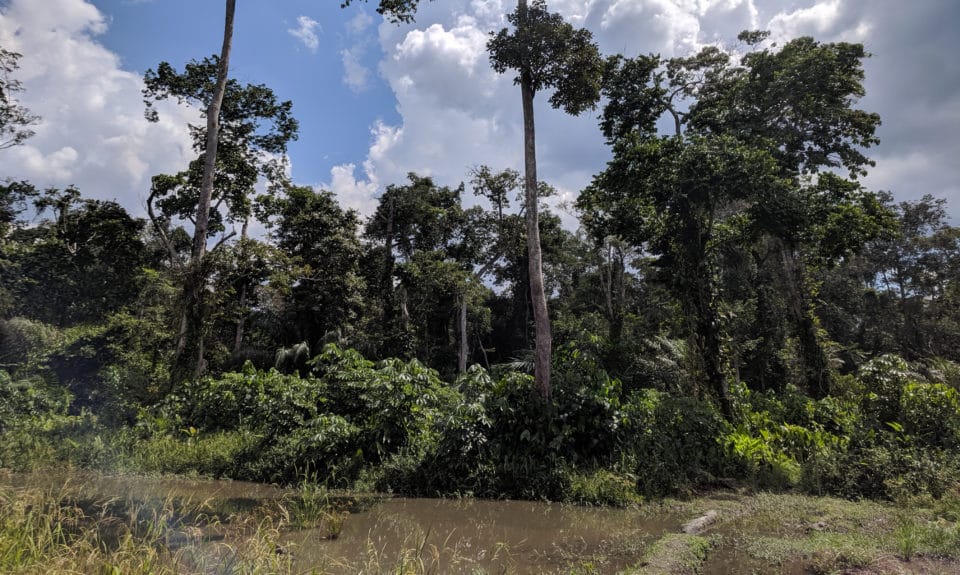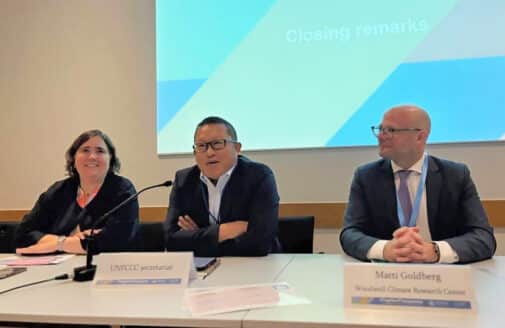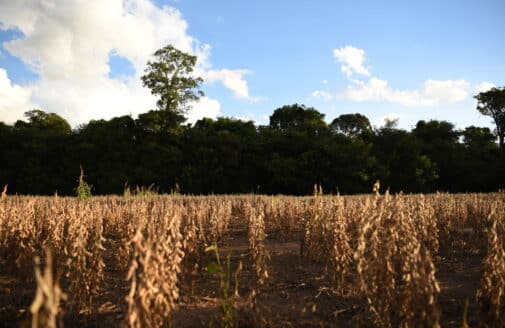The race to defuse Congo’s carbon bomb

The parishioner approached the pastor after morning prayer to tell him she’d had a dream the night before—a premonition, really—that a White man would walk into their remote village soon and change their lives forever.
The arrival of professor Simon Lewis and his colleagues in Ikenge just months later would indeed upend this calm idyll tucked away in one of the world’s remaining rainforests.
The village—home to a few dozen families living in earthen houses ringed by fields of cassava—is exceptionally secluded. Reaching it requires journeying for at least a day in dugout canoes up charcoal-black tributaries, often while torrential thunderstorms crisscross overhead. Ikenge’s residents are familiar with the world beyond the forest, though they seldom interact with it.
So when Lewis and his colleagues began talking in giddy, hushed tones about carbon and a substance called “tourbière” in French, Pastor Timothée Bombala sensed the premonition was coming true.
“They kept saying, ‘This is the biggest and deepest we have ever seen.’ They were very excited,” Bombala recalled of that momentous day in 2019. “They took many pieces of it with them.”
Read the full article on the Washington Post.







